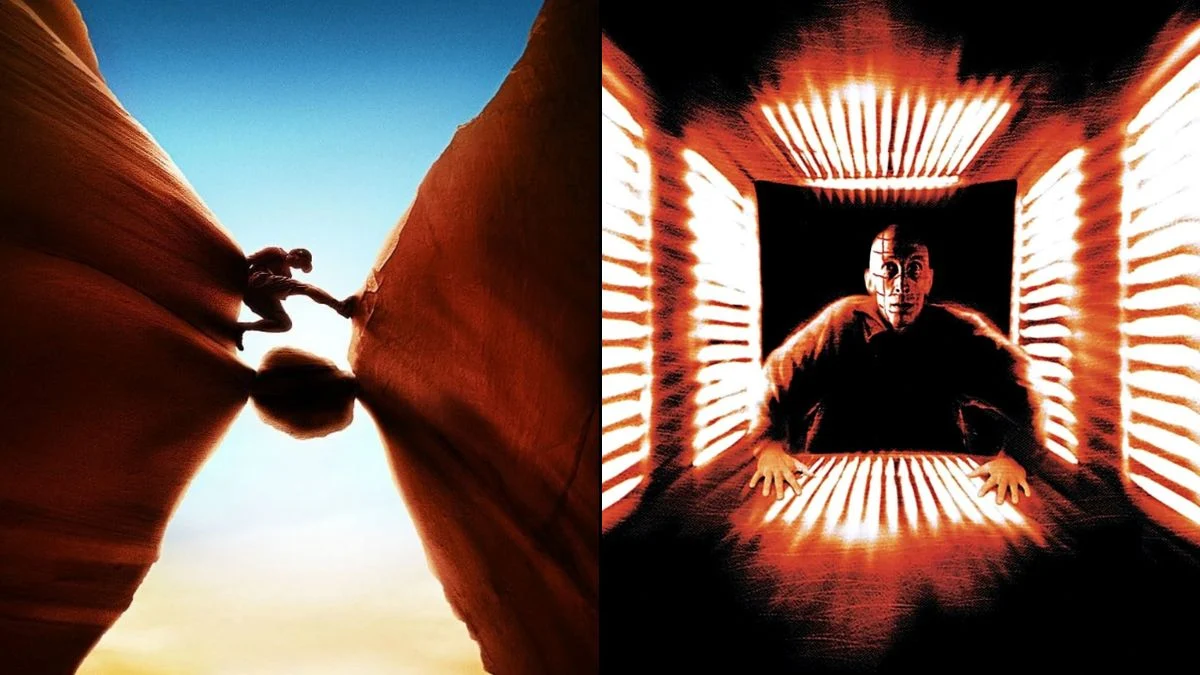
As a film buff, I’ve always been fascinated by movies that deliberately keep things contained. They’ll often focus on a very limited world – maybe just one room, a car, or some other enclosed space. What’s cool is how these films really emphasize things like how the scene is set up, the sound design, and writing that feels like it’s happening *right now*. Because the location and cast are so small, every little detail feels important, and the stories often revolve around being stuck, trying to survive, or following a specific process.
This list showcases movies that cleverly use confined spaces and limited movement to create tension and visual interest. For each film, we’ve included details about the setting, how it was filmed, and the filmmakers involved, allowing you to explore specific creative choices and techniques.
‘Buried’ (2010)
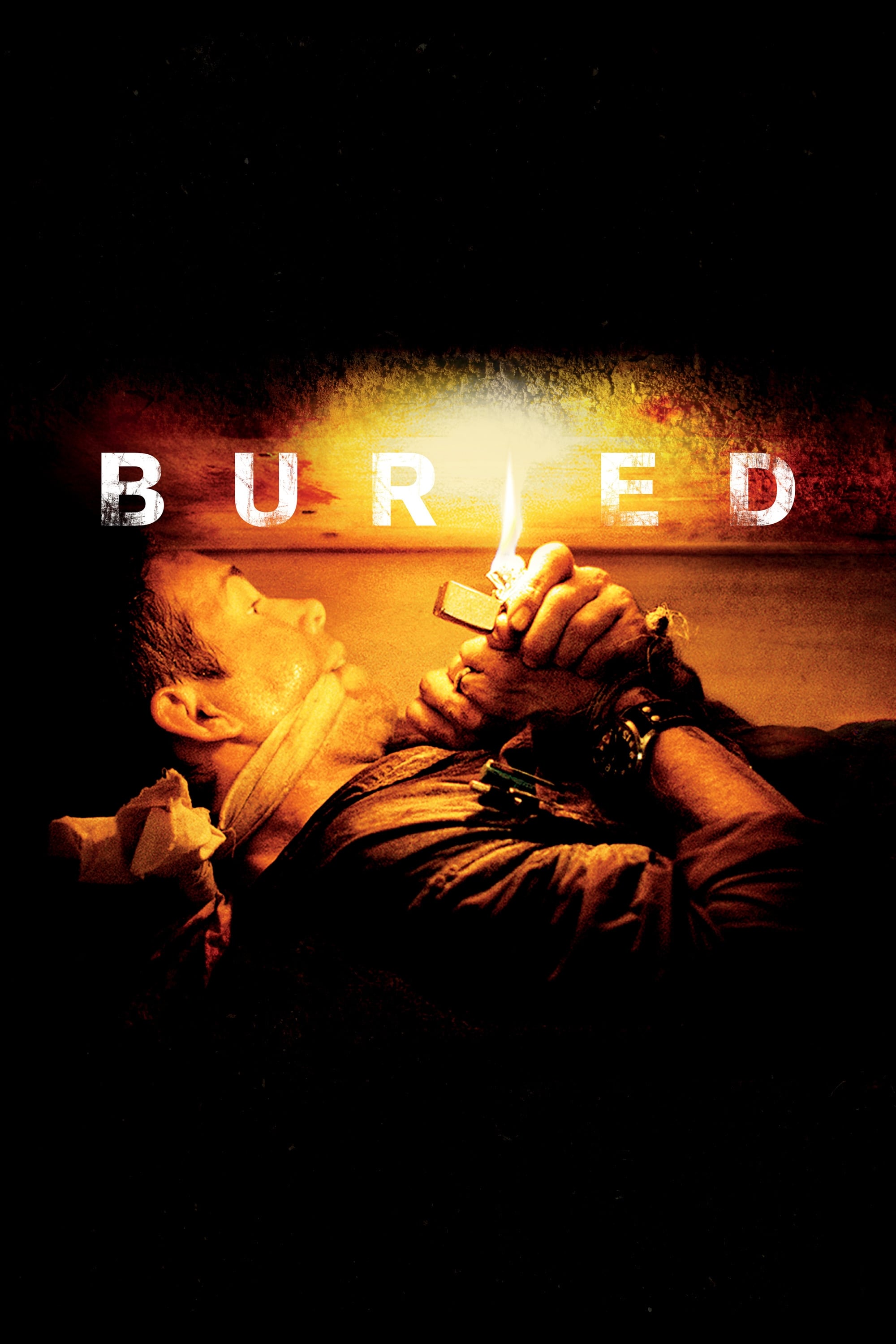
Directed by Rodrigo Cortés and featuring Ryan Reynolds, this film tells the story of a civilian contractor who finds himself trapped inside a coffin in Iraq. The entire 95-minute movie takes place in real time, within the confines of the box, and relies on just a few props like a lighter and a phone. To achieve different camera shots, the filmmakers constructed several coffin sets and used lighting effects to create the feeling of decreasing oxygen.
The film first premiered at the Sundance Film Festival and was then released in certain countries by Lionsgate and other distributors. Filming took place in Barcelona, using soundstages to carefully manage visual effects like sand, dust, and smoke. The filmmakers built physical sets that could be moved and shaken to create a more immersive experience. The musical score, composed by Víctor Reyes, was added after the film was fully edited to perfectly match the pace and feel of each scene.
‘Phone Booth’ (2002)
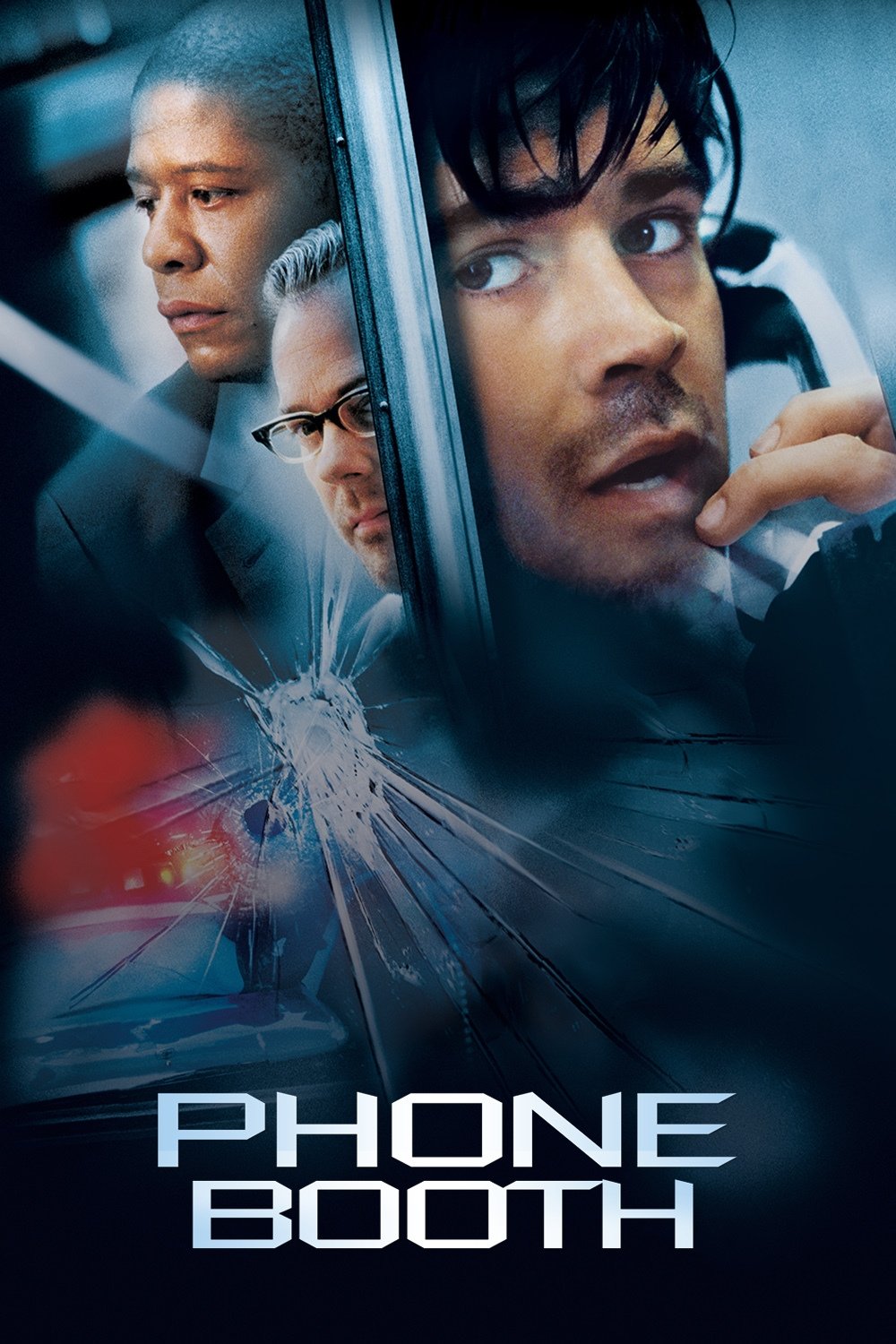
This 81-minute thriller, directed by Joel Schumacher and written by Larry Cohen, follows a New York City publicist trapped in a phone booth by a sniper. While the story takes place in Midtown Manhattan, the movie was actually filmed in Los Angeles on a rebuilt set to better manage filming conditions. The film creatively uses split screens to show the perspectives of the police, people on the street, and the mysterious caller.
Colin Farrell stars in the film, supported by Forest Whitaker, Kiefer Sutherland, and Radha Mitchell. The set for one scene was cleverly built with panels that could be removed to allow for cameras and microphones. Sound was also recorded on location to capture the natural sounds of the city, which were later added to the film’s soundtrack. After some delays, the movie was finally released widely across North America in the spring.
‘Cube’ (1997)
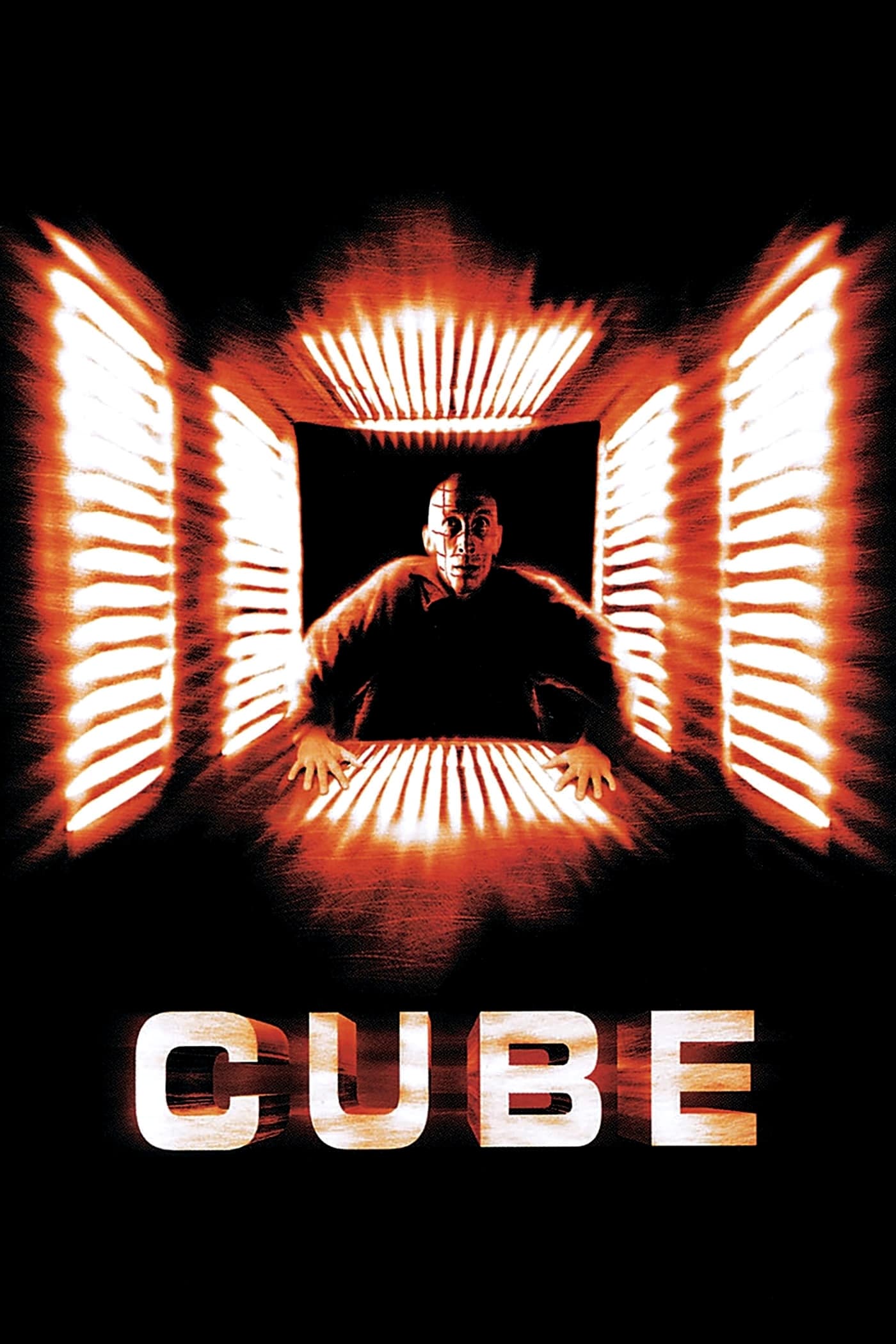
Vincenzo Natali’s Canadian film *Cube* traps its characters inside a maze of interconnected, identical cube-shaped rooms, many of which contain dangerous traps. To save money, filmmakers only built one cube set and cleverly changed the lighting and interior panels to create the illusion of different rooms, while still maintaining a consistent layout. The story relies on mathematical principles to guide characters through safe routes, and the film lasts approximately 90 minutes.
I was really impressed by how they made this film! It was shot on location in Toronto with a small team, and they did almost everything *in camera* – building the traps for real instead of relying on CGI. It started gaining traction at smaller genre film festivals, then became popular on home video. It was cool to see it inspire sequels and even a remake overseas! The director clearly wanted actors who could really *perform* – they mostly used stage actors who were good with precise movements and working in close-up shots.
‘Das Boot’ (1981)
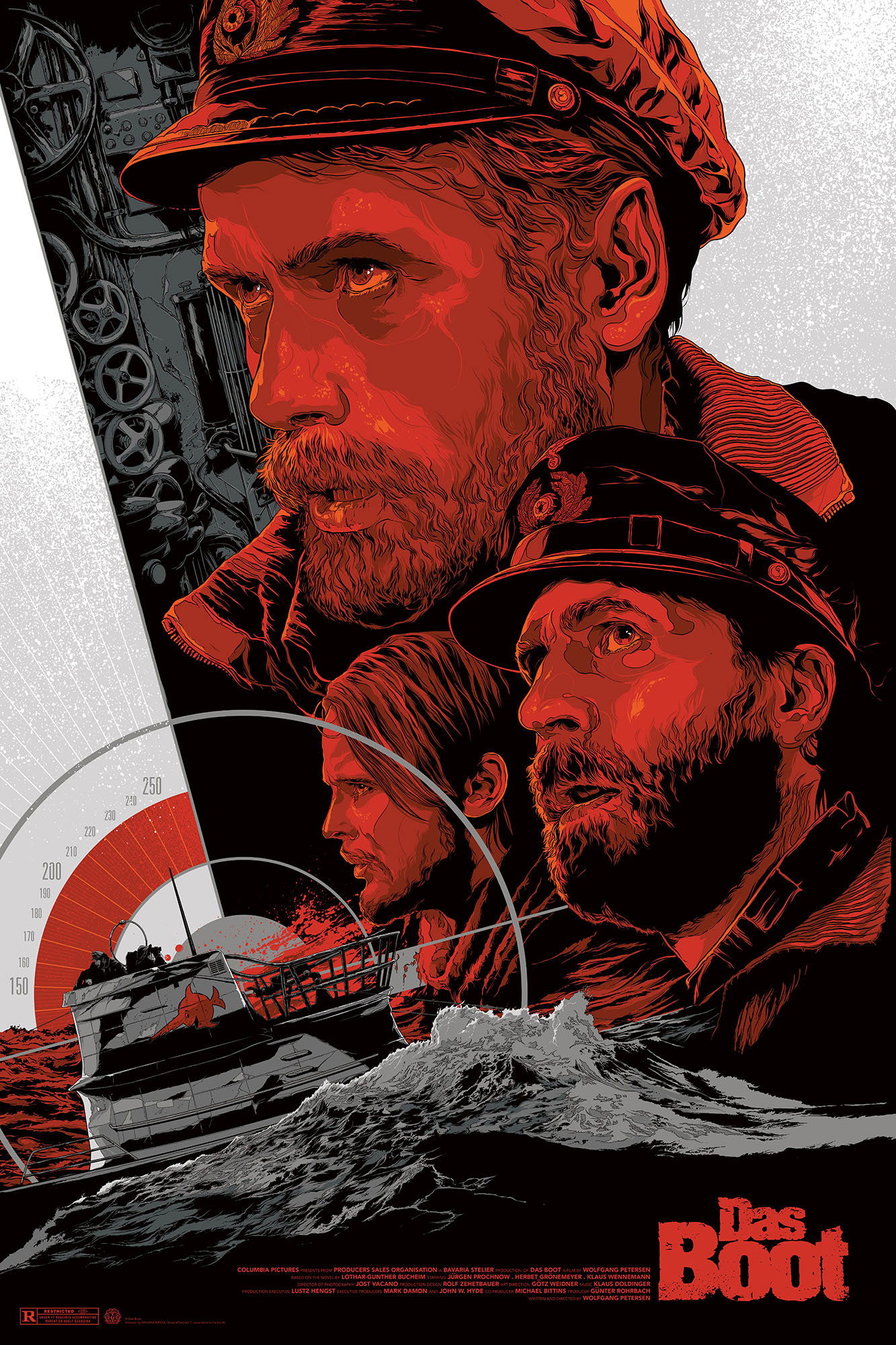
Wolfgang Petersen’s German film focuses on a World War II U-boat mission, unfolding almost entirely within the submarine’s confined spaces. To realistically portray the boat’s movement, the filmmakers built a complete interior set on a tilting platform, enabling extended shots through the narrow passageways. The camera work is dynamic, using handheld techniques to follow the crew as they navigate ladders, sleeping quarters, and the torpedo rooms.
The film has been released in several versions, including a standard cinema cut, an extended miniseries, and a director’s cut. During filming, dialogue was originally recorded in German, and sound was carefully re-recorded to minimize the impact of background noise from machines. The sound design focuses on creating a tense atmosphere through sounds like creaking, straining metal, and flooding alarms. The film received international recognition and was nominated for awards recognizing its technical achievements.
’12 Angry Men’ (1957)
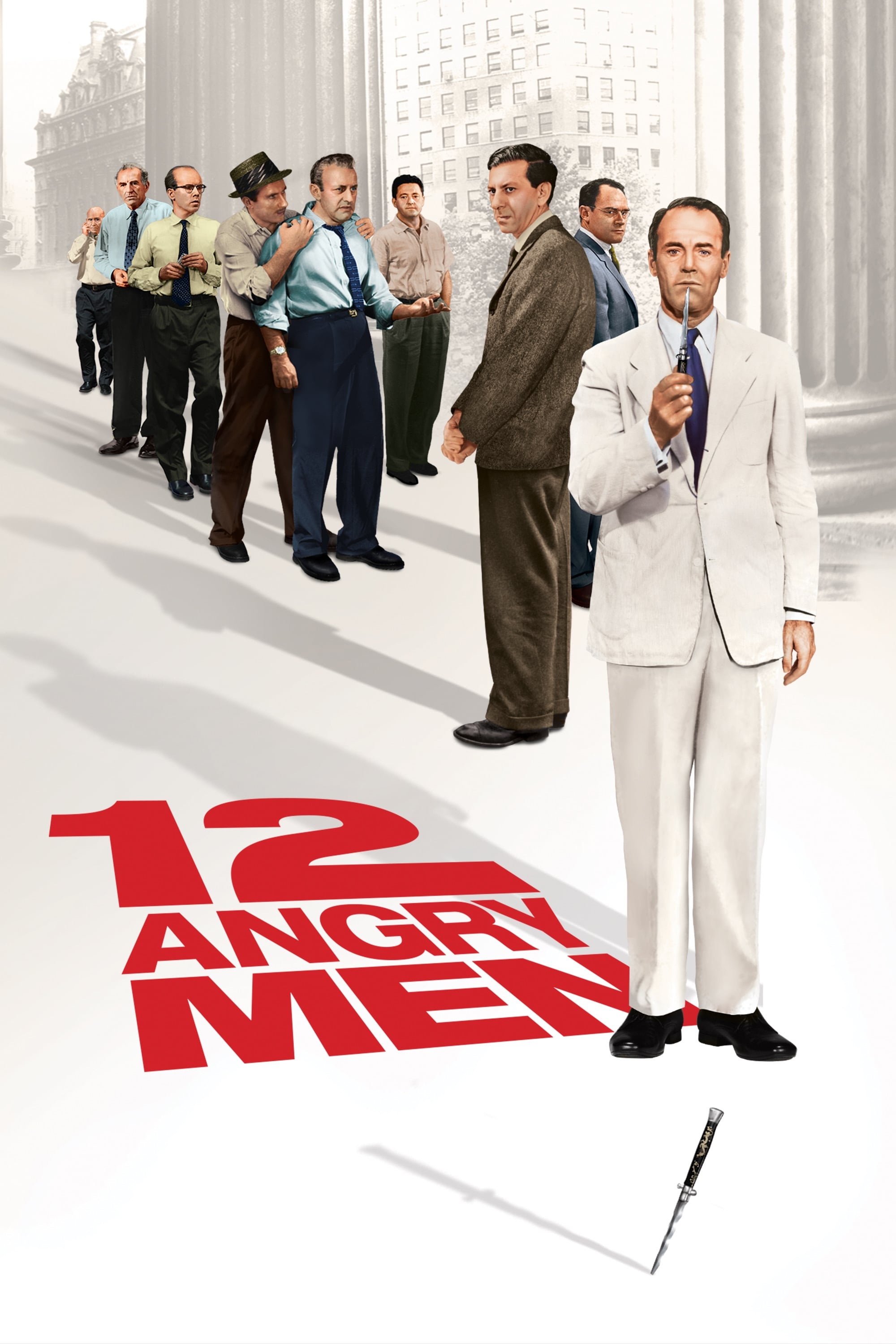
Sidney Lumet’s first feature film takes place almost entirely inside a jury room as the jurors debate a murder case. The filmmakers used a clever technique with the camera, starting with wide shots from a slightly high angle, and gradually zooming in and lowering the camera to make the room feel increasingly claustrophobic. The film features a strong cast including Henry Fonda, Lee J. Cobb, and E. G. Marshall, and it was originally written as a television play.
Let me tell you, the direction in this film is masterful. Director Lumet really drilled his actors in New York, not just on lines, but on *how* to deliver them while moving around the table – it’s incredibly fluid. You feel the pressure cooker environment because of the details. The lighting subtly shifts throughout the day, making you feel the characters’ growing exhaustion and the building tension. And the crew was obsessive about continuity – tracking everything from sweat to jacket placement. Visually, it’s very contained. The set design, with those frosted windows and just one bathroom, really traps you with the characters, adding to the claustrophobia. It’s a brilliant use of space and technique.
‘Panic Room’ (2002)
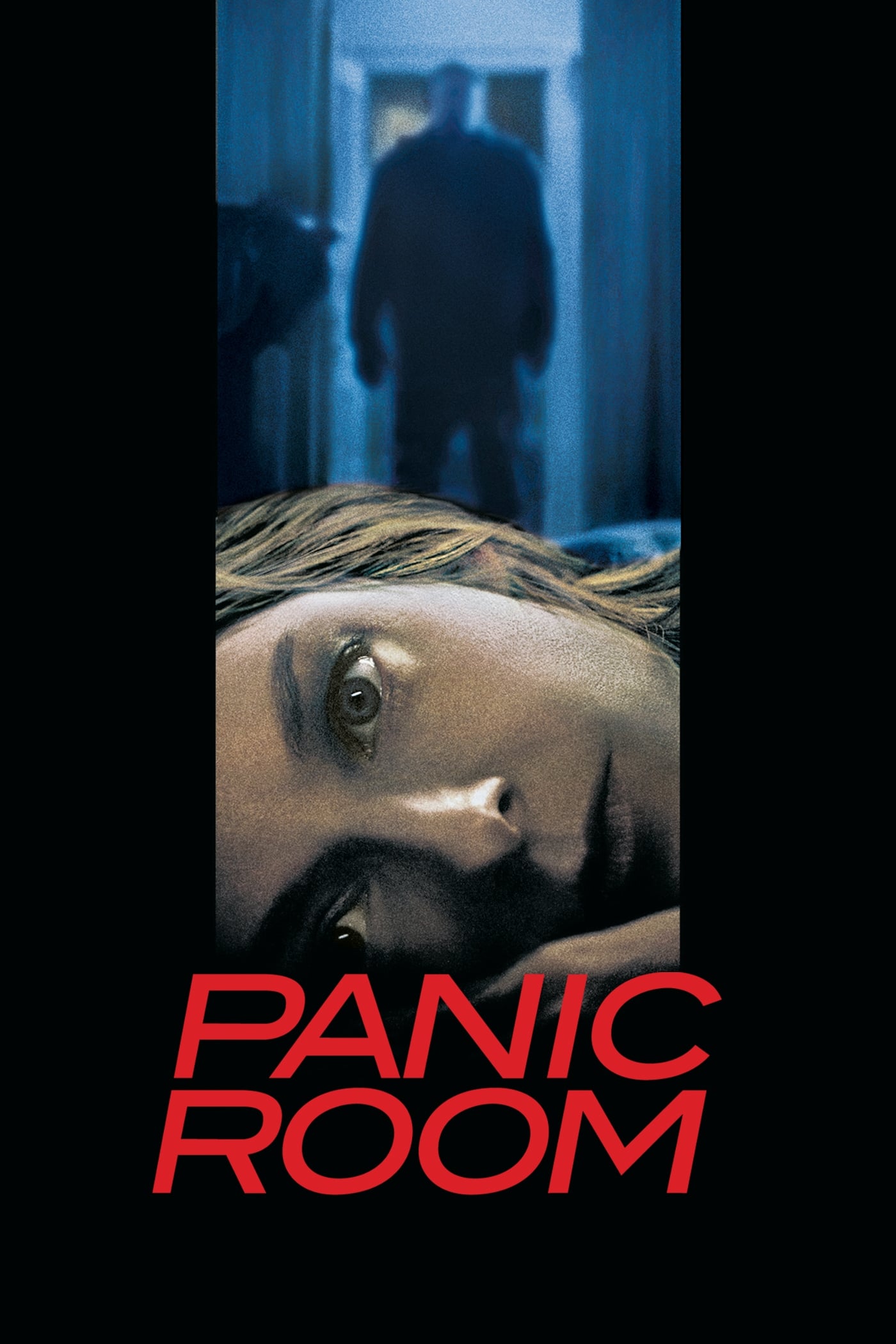
David Fincher’s latest film is a tense home invasion thriller primarily contained within a secure safe room and a large Manhattan townhouse. The movie was filmed entirely on soundstages in Los Angeles, where the crew constructed a full interior with adjustable walls and ceilings. This allowed for dynamic camera work, moving seamlessly between floors and through intricate spaces. The film stars Jodie Foster, Kristen Stewart, Forest Whitaker, and Jared Leto.
The movie seamlessly moves between locations using digital editing techniques. Real-world effects were used for dramatic moments like door crashes, gas leaks, and power outages. The sound design features details like intercom conversations and the sound of fans to highlight how isolated the characters are. Released widely in the spring, the film is a lean two hours long.
‘Alien’ (1979)
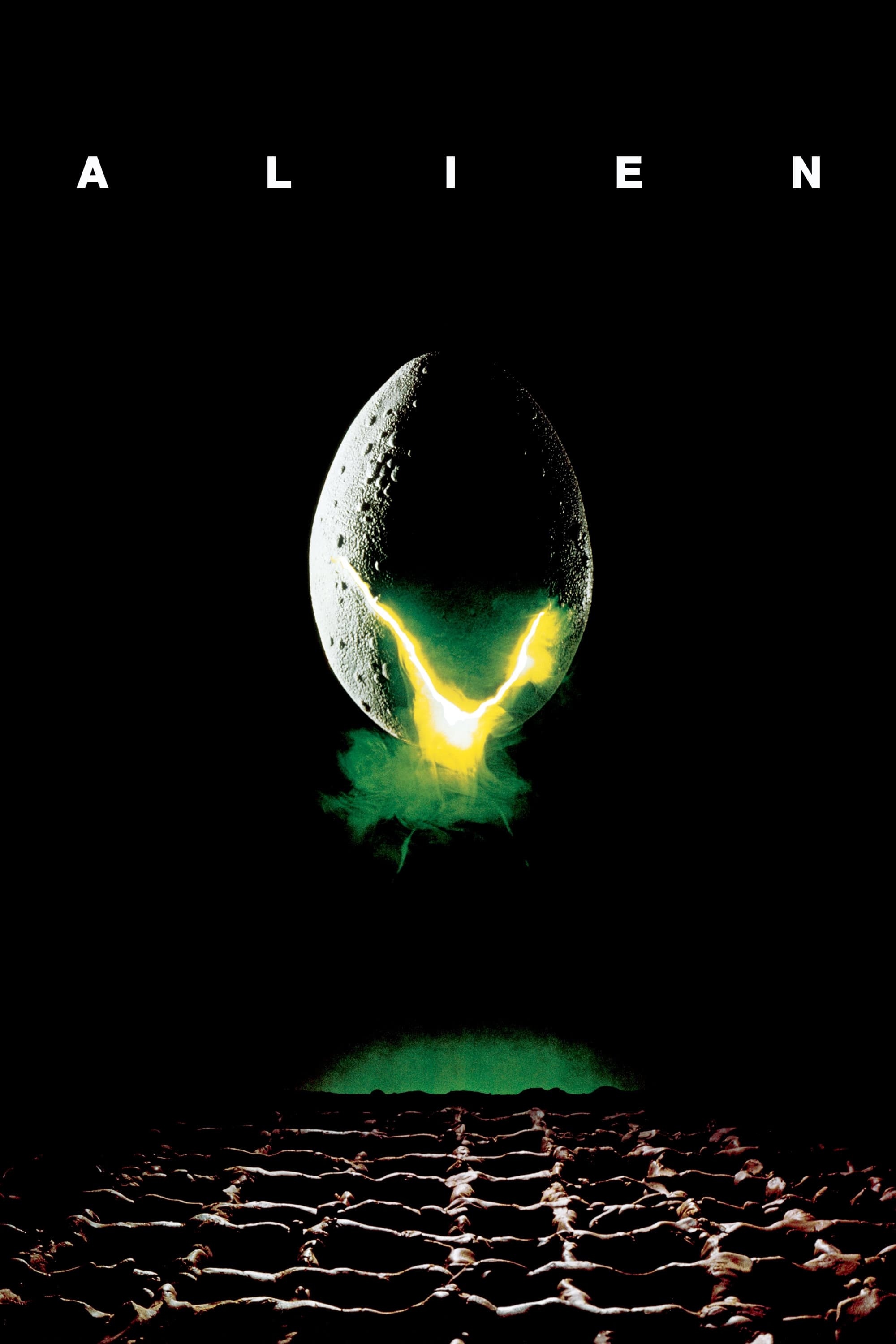
As a huge movie fan, I’ve always been struck by how effectively Ridley Scott built the world of this sci-fi classic. The whole thing takes place inside this commercial spaceship, the Nostromo, and it *feels* incredibly claustrophobic because the action is limited to these tight corridors, air vents, and different rooms. The design team really went all out at Shepperton Studios, creating these massive, incredibly detailed sets that just looked…lived-in and industrial. And the creature effects? They weren’t relying on CGI – it was a brilliant mix of practical suits, puppetry, and tons of atmospheric smoke. Plus, the cast is amazing – you’ve got Sigourney Weaver, Tom Skerritt, Veronica Cartwright, Harry Dean Stanton, Yaphet Kotto, Ian Holm, and the poor, unforgettable John Hurt, all bringing their A-game.
Filming happened in England, and sounds like the ship’s engine, steam, and alarms were recorded during shooting and then improved in post-production. The movie is a little under two hours long, and a later version released by the director made changes to the speed and order of scenes. The film was initially released widely in theaters, which helped build a successful franchise with sequels and related products.
‘Lifeboat’ (1944)
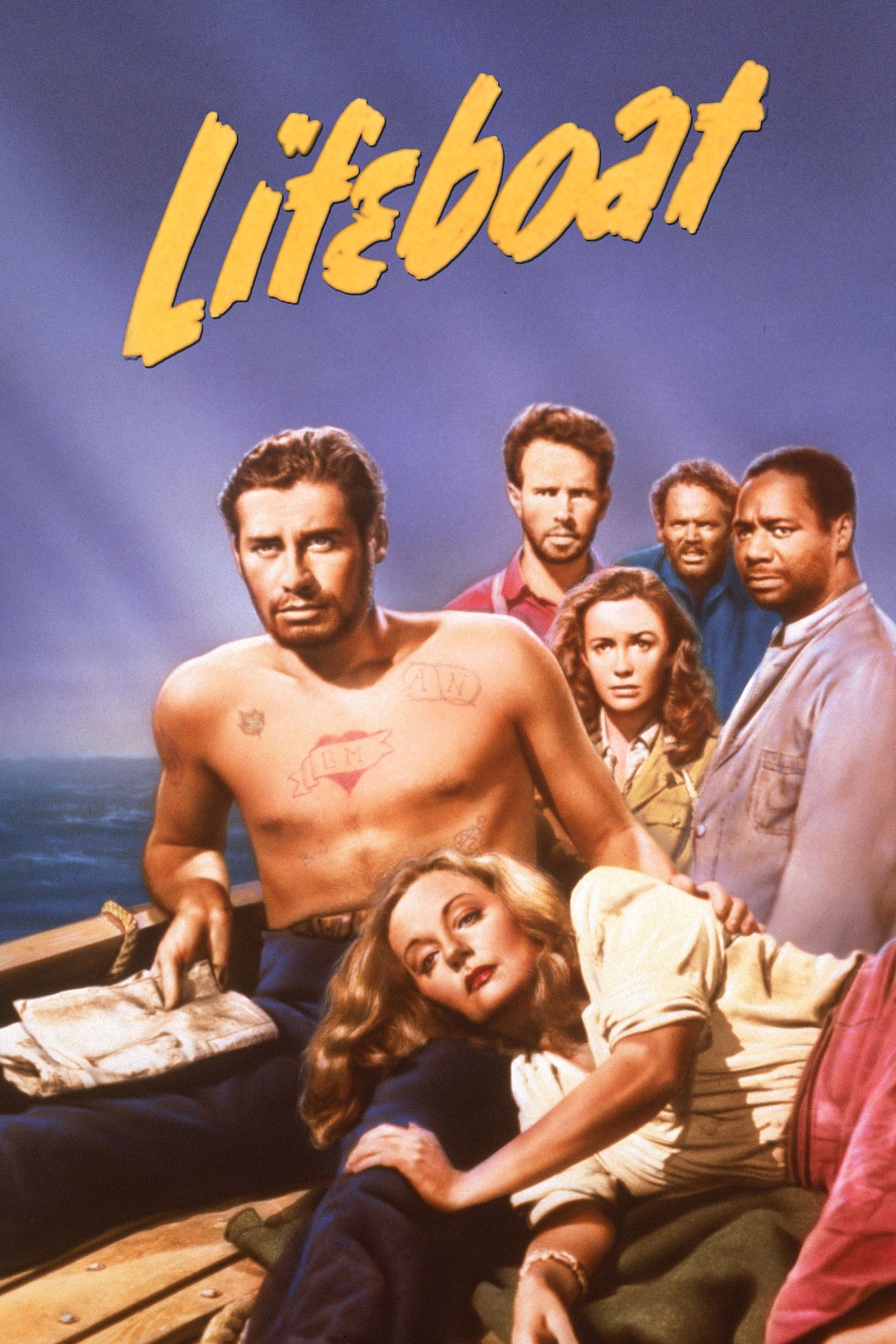
This film, directed by Alfred Hitchcock and based on a story by John Steinbeck, unfolds entirely on a lifeboat after a ship is sunk. Filmmakers built a massive water tank on the studio lot and used special effects to create the illusion of a stormy sea. The story follows a diverse group of survivors as they work together to conserve supplies, steer the boat, and fix what’s broken.
The movie features performances by Tallulah Bankhead, William Bendix, and Walter Slezak. As usual, Alfred Hitchcock makes a brief appearance himself, this time in an ad for weight loss seen on a boat. The filmmakers used special equipment to create realistic water and wind effects, and carefully monitored costumes to show how they aged and got wet throughout the film. The movie’s runtime is approximately 97 minutes.
‘The Descent’ (2005)
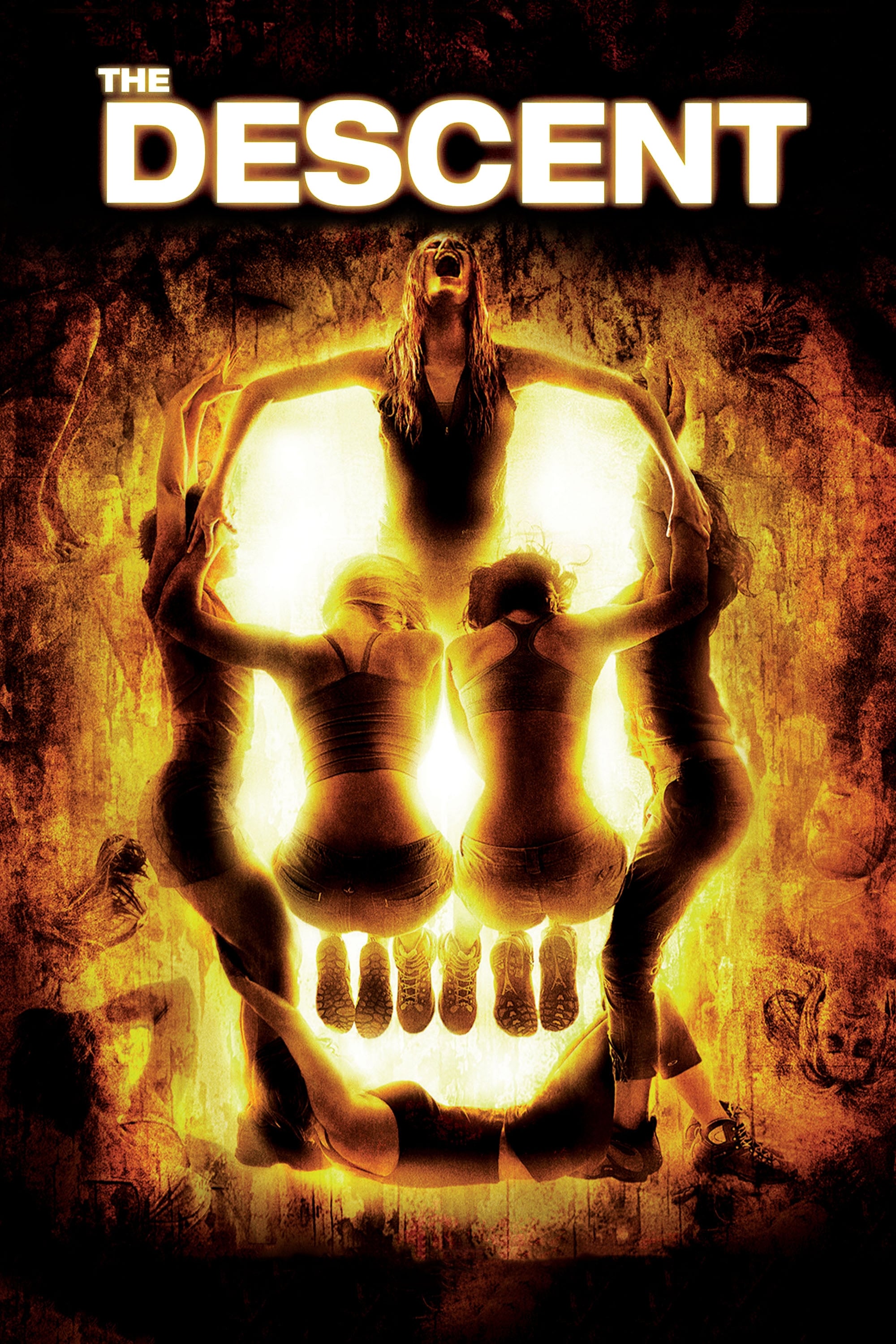
Neil Marshall’s film is about a group of cave explorers who get stuck while venturing into a previously unknown cave system. To avoid the dangers of filming in real caves, the production team built detailed sets in the UK, recreating tunnels, narrow passages, and large chambers. The filmmakers used dim, realistic lighting from headlamps and torches, and shot with special lenses to maintain a consistent visual style.
The actors practiced close-quarters movement and working with ropes, while the makeup artists meticulously applied and maintained dirt, cuts, and blood effects throughout the long shoots. Different regions received slightly different endings, changing the final few minutes of the film. The movie is approximately 99 minutes long and premiered at several film festivals before being released to a wider audience.
‘127 Hours’ (2010)
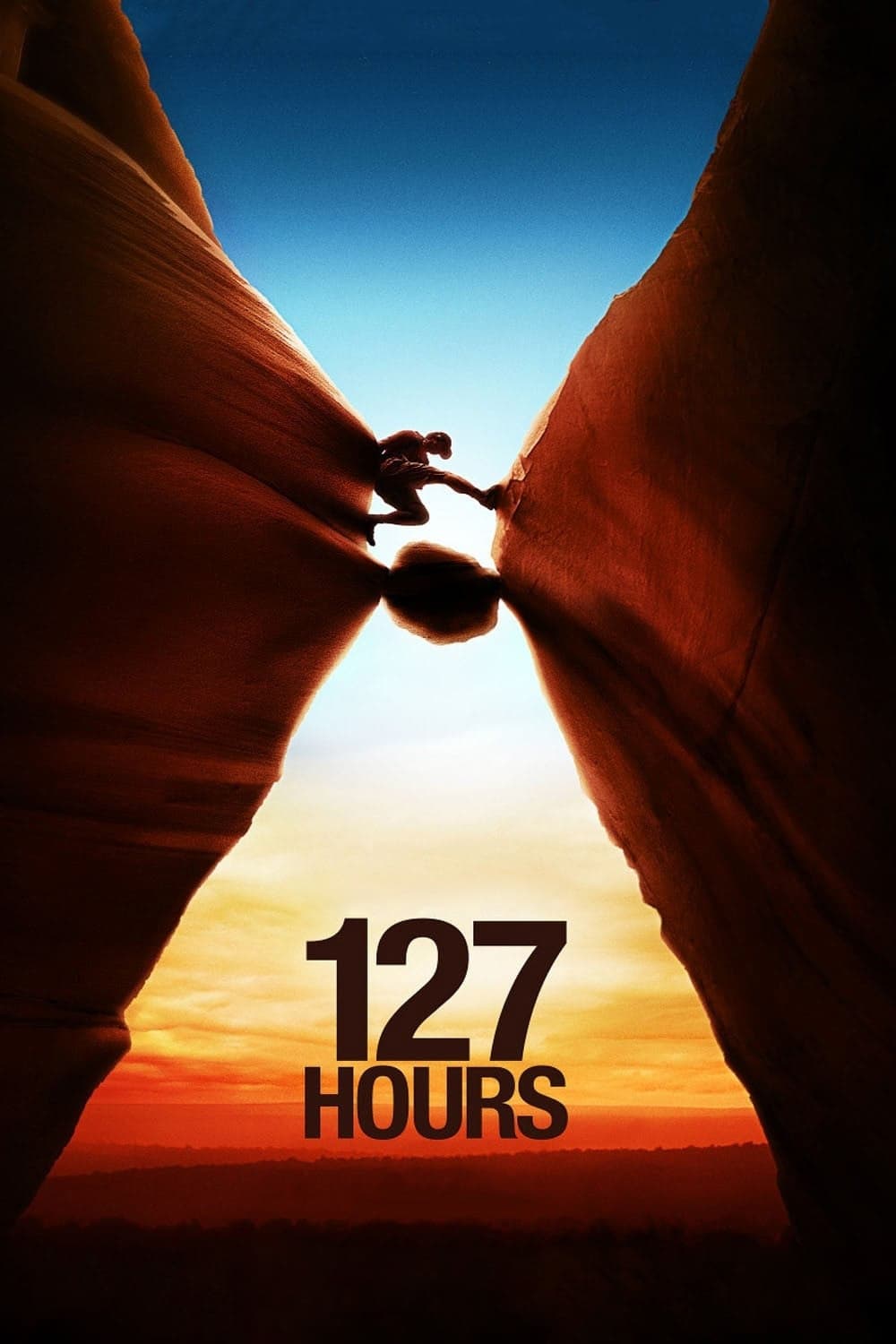
Directed by Danny Boyle, this movie is based on the true story of Aron Ralston, a climber trapped by a boulder while canyoneering in Utah. To film in the tight spaces of Bluejohn Canyon safely, the filmmakers built some parts on soundstages, while also shooting on location for the outdoor scenes. James Franco stars as Ralston, and the film’s music features both original score and selected songs.
Filmmakers used several cameras to closely record even the smallest movements of the injured arm. The film jumps between the present and flashbacks to clearly show what happened. It first screened at several film festivals, and then gradually became available in more and more theaters, starting with a limited release before expanding widely. The movie is approximately 94 minutes long.
‘Exam’ (2009)
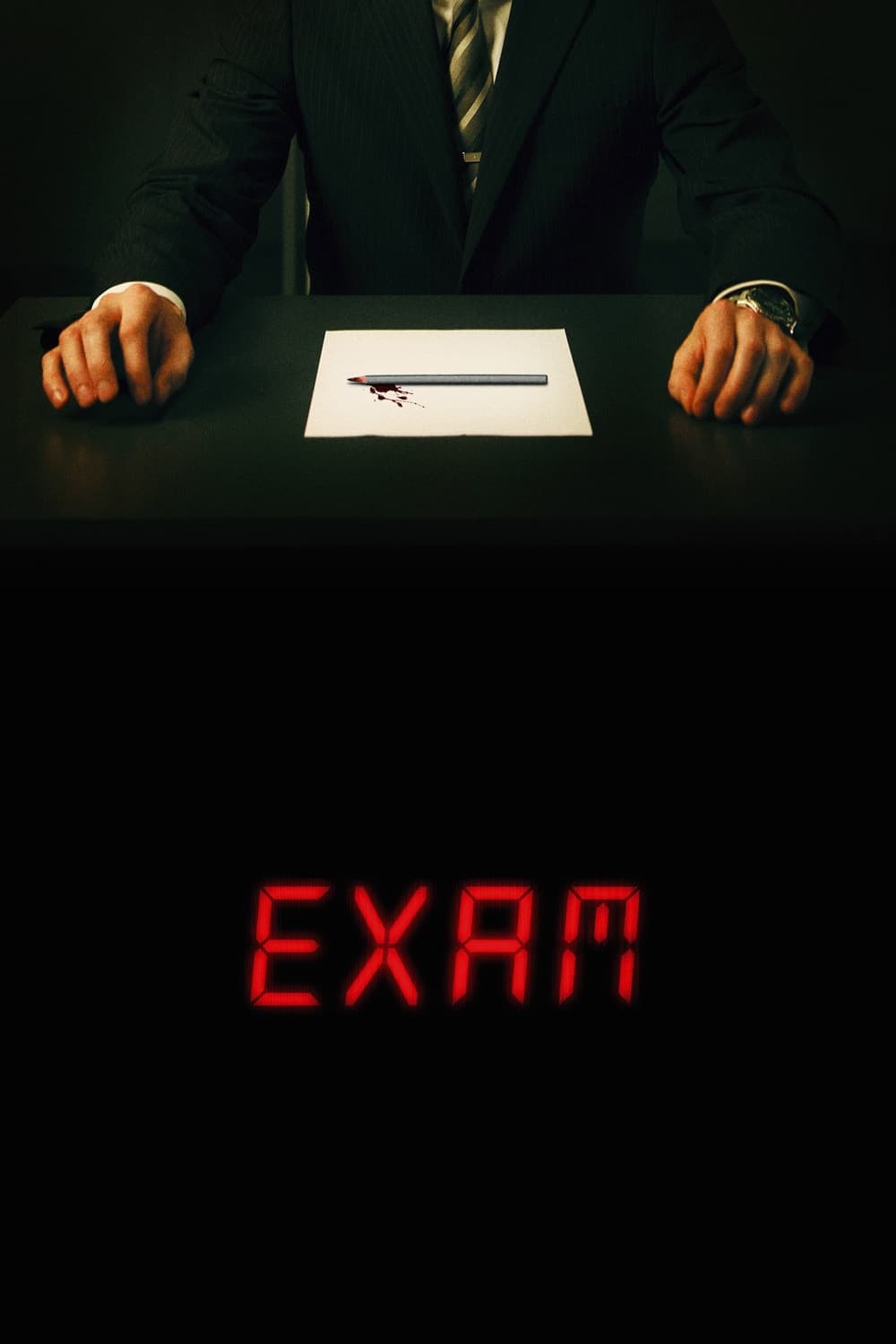
This British thriller, written and directed by Stuart Hazeldine, centers around job applicants taking a high-pressure, timed test in a single room. The film features a stark, simply designed set with lighting that shifts to build tension. The camera work is steady and keeps the location clear, while the conversations focus on the test’s rules, questions, and the candidates’ efforts to understand what’s being asked of them.
Filming happened quickly in London with just a few actors. The movie keeps track of time by showing the minutes as they pass, and the crew made lots of copies of papers and pens to easily restart scenes. It was first shown in a limited number of theaters before becoming available to watch at home.
‘Circle’ (2015)
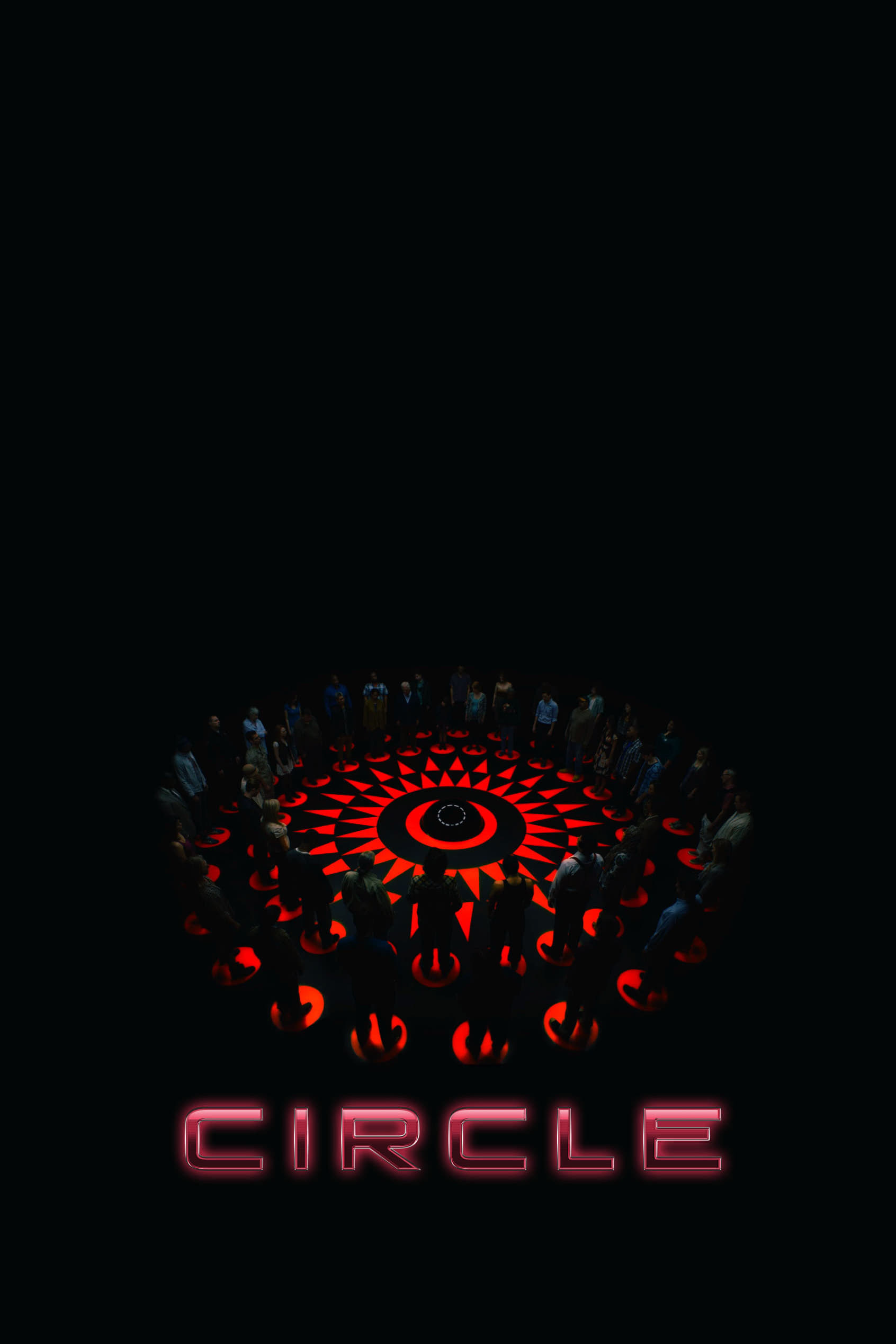
I recently saw this really interesting indie film by Aaron Hann and Mario Miscione. The whole thing takes place with fifty strangers stuck in a circle, and people get eliminated at regular times – it’s super tense! They shot it in Los Angeles, all on one set, and used markings on the floor to keep track of where everyone was, which was clever for all the talking they did. The camera keeps moving around to show who’s teaming up and who’s voting against whom, and you can actually follow the time passing by how often things happen. It’s a really unique way to tell a story.
The film features a cast of mostly new faces and experienced character actors. During filming, scenes were often shot multiple times to ensure good coverage while maintaining consistent camera angles. In post-production, basic visual effects were used for the floor and the film’s ending. After premiering at film festivals, it became available on streaming services and for rental or purchase online.
‘Green Room’ (2015)
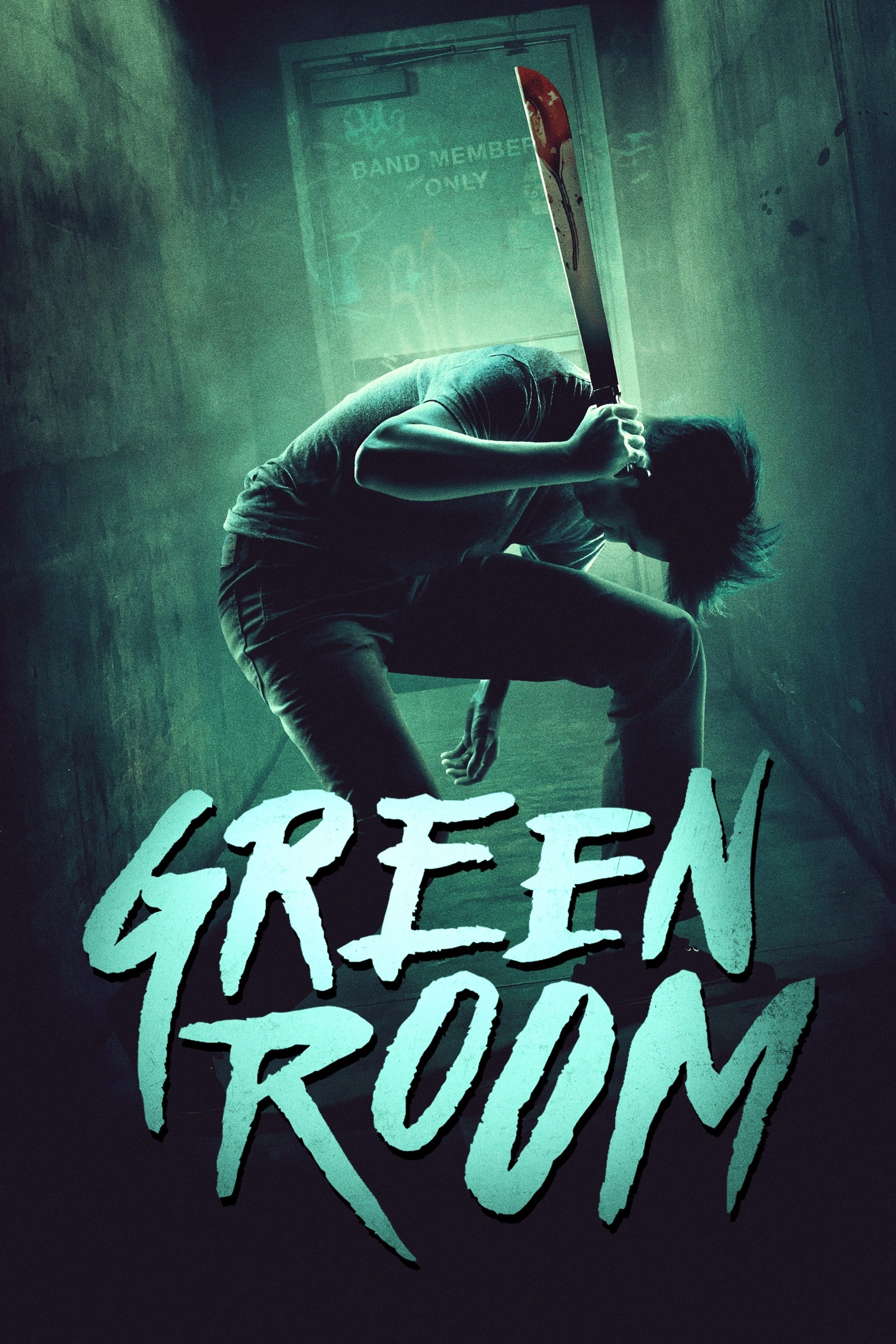
Jeremy Saulnier’s film takes place in the countryside, where a traveling band finds themselves trapped backstage after seeing something criminal. The movie was filmed with sets built in Oregon, and realistic, on-the-spot effects were used to create injuries and damage. The film stars Anton Yelchin, Imogen Poots, Alia Shawkat, Joe Cole, Callum Turner, and Patrick Stewart.
The film follows characters trying to escape through hallways, air vents, and windows, using repeated shots of the club’s layout to help viewers understand the space. The sound design blends sounds like the crowd, generators, and electronic feedback to create a sense of the building itself. It first screened at the Cannes Film Festival before being released in a few theaters.
‘Room’ (2015)
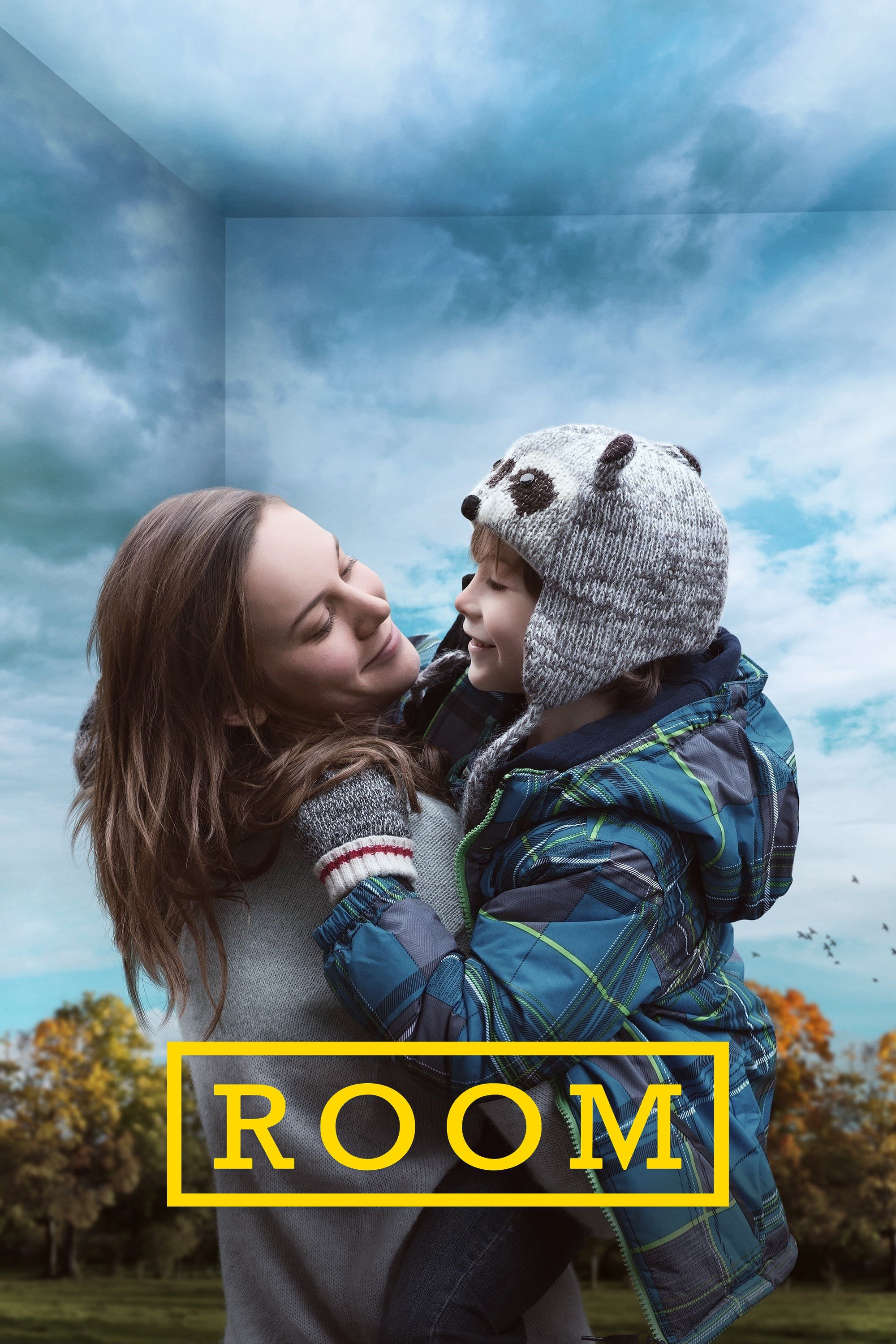
As a movie fan, I was completely drawn into “Room.” It’s directed by Lenny Abrahamson and based on Emma Donoghue’s incredible novel. The story starts in this unbelievably confined space – a tiny garden shed where a mother and son are being held captive. What’s really fascinating is how they built the set; it was designed with pieces that could be removed, allowing the camera to move around while still making you *feel* that intense claustrophobia. Brie Larson and Jacob Tremblay give absolutely stunning performances, and you also get great supporting work from Joan Allen and William H. Macy.
The movie was filmed in Canada, and production carefully worked around the schedule of a young actor. It runs for just under two hours and was initially shown at film festivals before being released to a limited audience, and then more widely. Critics and award bodies have praised the acting and how well the story was adapted for the screen, leading to recognition in multiple areas.
‘Oxygen’ (2021)

Directed by Alexandre Aja, this French film centers on a woman who unexpectedly awakens inside a malfunctioning medical cryo-unit. Filmed entirely on a single set in France, the production used LED screens and real monitors to create the look of technical displays and video calls. Mélanie Laurent stars as the woman, and Mathieu Amalric voices the AI system within the unit.
As a movie fan, I recently checked out this film that dropped on a big streaming service – thankfully, they had subtitles and dubbing in a bunch of languages. It’s just over an hour and forty minutes long, and the story is really interesting – it revolves around this central idea of using prompts, codes, and remembering things as key plot points. What really stood out to me was the sound design; it used things like breathing, alarms, and even the sounds of cooling systems to give you a real sense of what was happening with this… well, pod, I guess you’d call it. It was a cool way to build tension and show you its status.
‘Locke’ (2013)
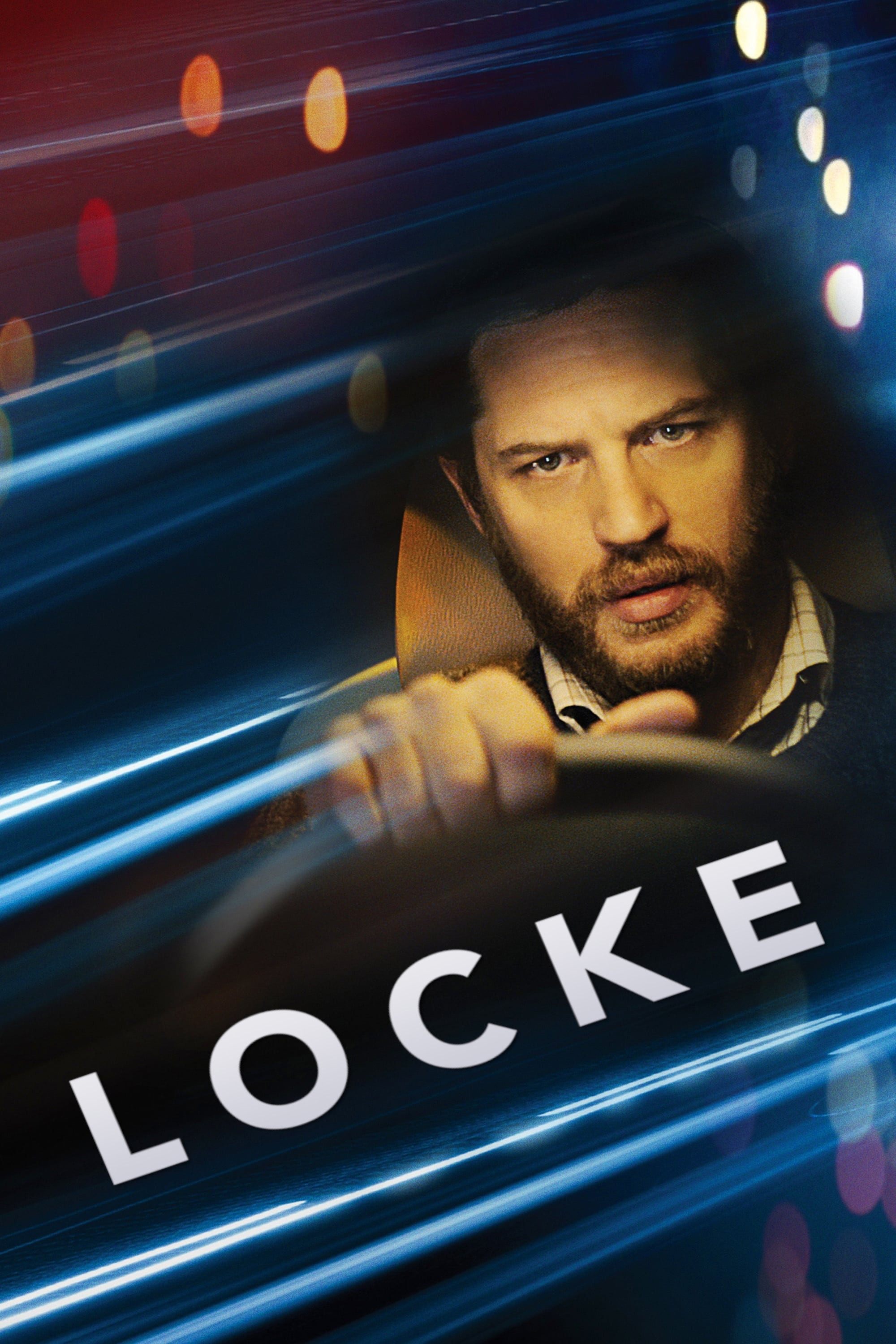
This British film, written and directed by Steven Knight, centers on a construction manager’s nighttime drive from Birmingham to London. Almost the entire movie takes place inside the car, and conversations happen through phone calls. Tom Hardy is in every scene, and the filmmakers recorded the dialogue live during filming to make it feel more realistic and keep the pace natural.
Filming took place over several nights using a flatbed trailer and many cameras focused on the inside of the vehicle. To manage reflections on the windows, the team displayed pre-recorded footage of roads. The movie first premiered at the Venice Film Festival and then had a limited release in the UK and US before becoming available for home viewing.
‘Coherence’ (2013)
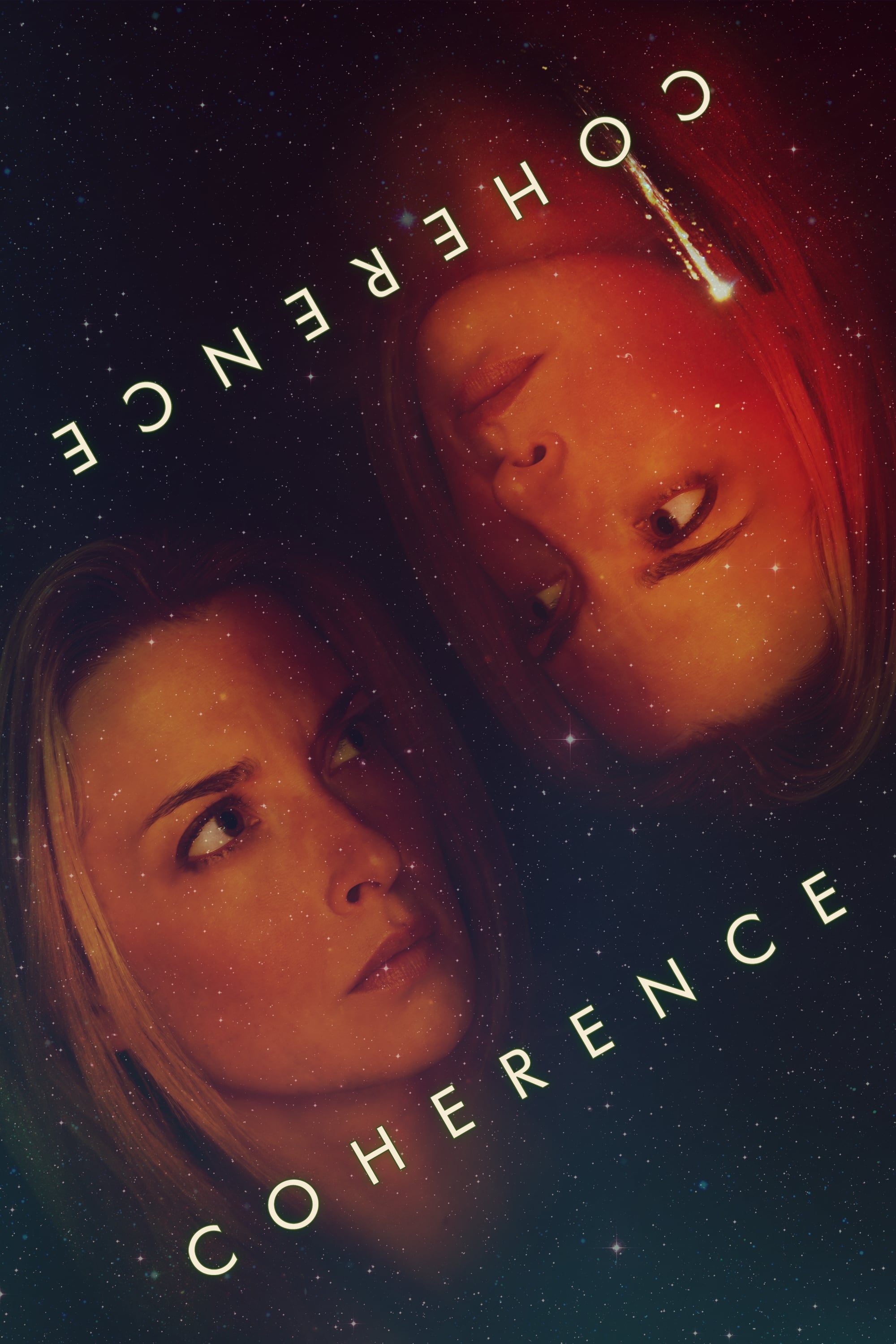
I recently checked out James Ward Byrkit’s film, and it’s a really interesting piece. It all takes place inside one house during a comet sighting, and things get…weird. What fascinated me was how it was made. They didn’t really have a strict script! Instead, the actors were given cues on note cards, and they filmed everything with two cameras to catch their genuine reactions. Because it was all in one location, they could quickly reset scenes, and they mostly used the existing lights in the house to keep it feeling natural and immersive.
During editing, the film’s footage was arranged to show different perspectives of what happened, and items like numbered notes and glow sticks helped ensure everything looked consistent from scene to scene. After filming, the movie was first shown at festivals before becoming available on streaming services and for home viewing. The entire shoot took only a few nights with a small team, and the final film is approximately 89 minutes long.
‘The Platform’ (2019)
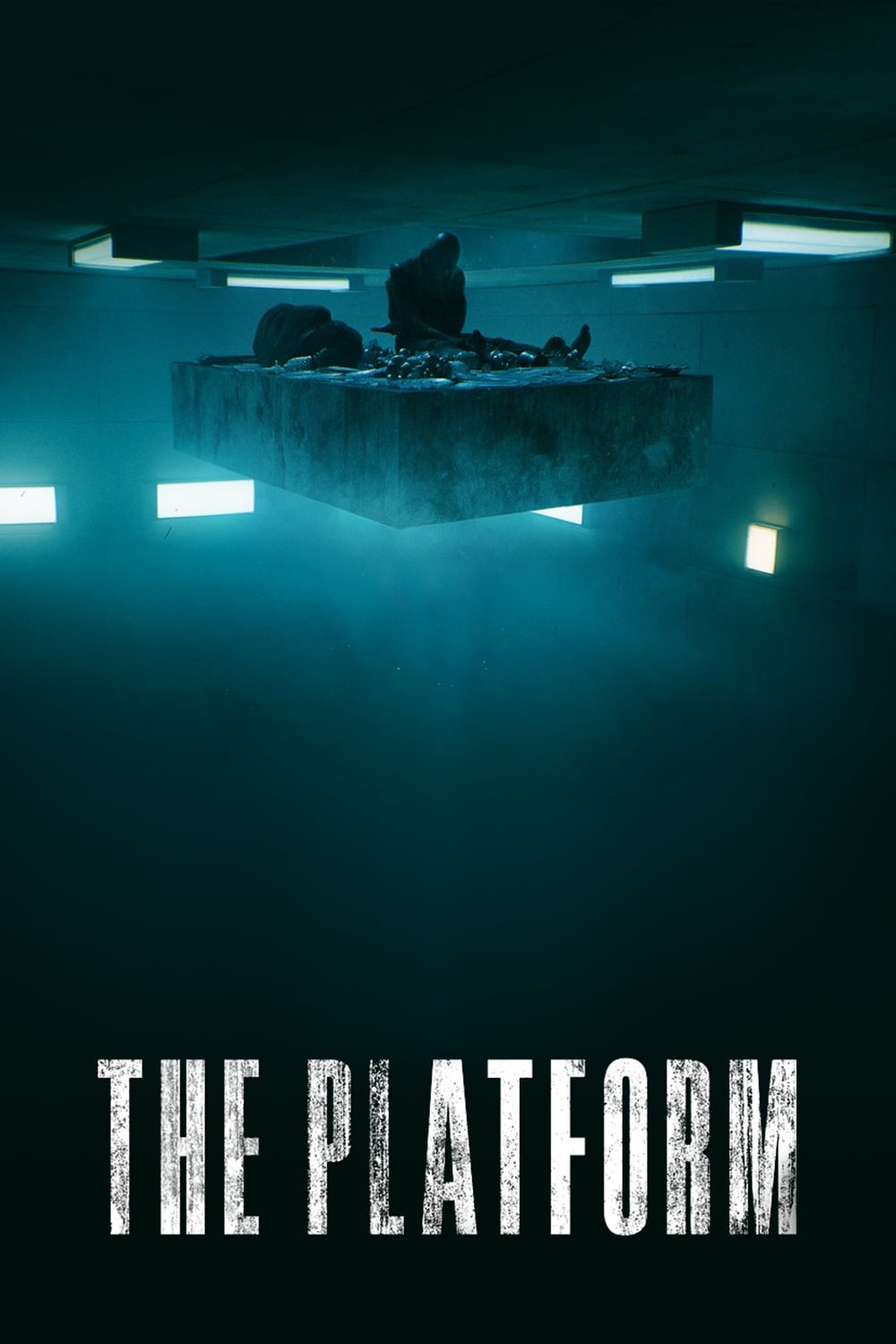
Galder Gaztelu Urrutia’s Spanish film takes place in a unique prison built like a vertical tower. Food is delivered to inmates on a platform that moves from level to level. The filmmakers constructed the prison’s repetitive cell design on sound stages in Bilbao, using a mix of physical sets and visual effects to create the moving platform. The film is in Spanish and was released with subtitles for international audiences.
The film consistently uses similar camera angles to highlight the sameness of the rooms, and the characters’ deteriorating health is shown through changes in their clothing and makeup. It first premiered at the Toronto International Film Festival in the Midnight Madness section, gained distribution through various film festivals, and eventually became available on major streaming platforms. The movie is approximately 94 minutes long.
‘The Guilty’ (2018)
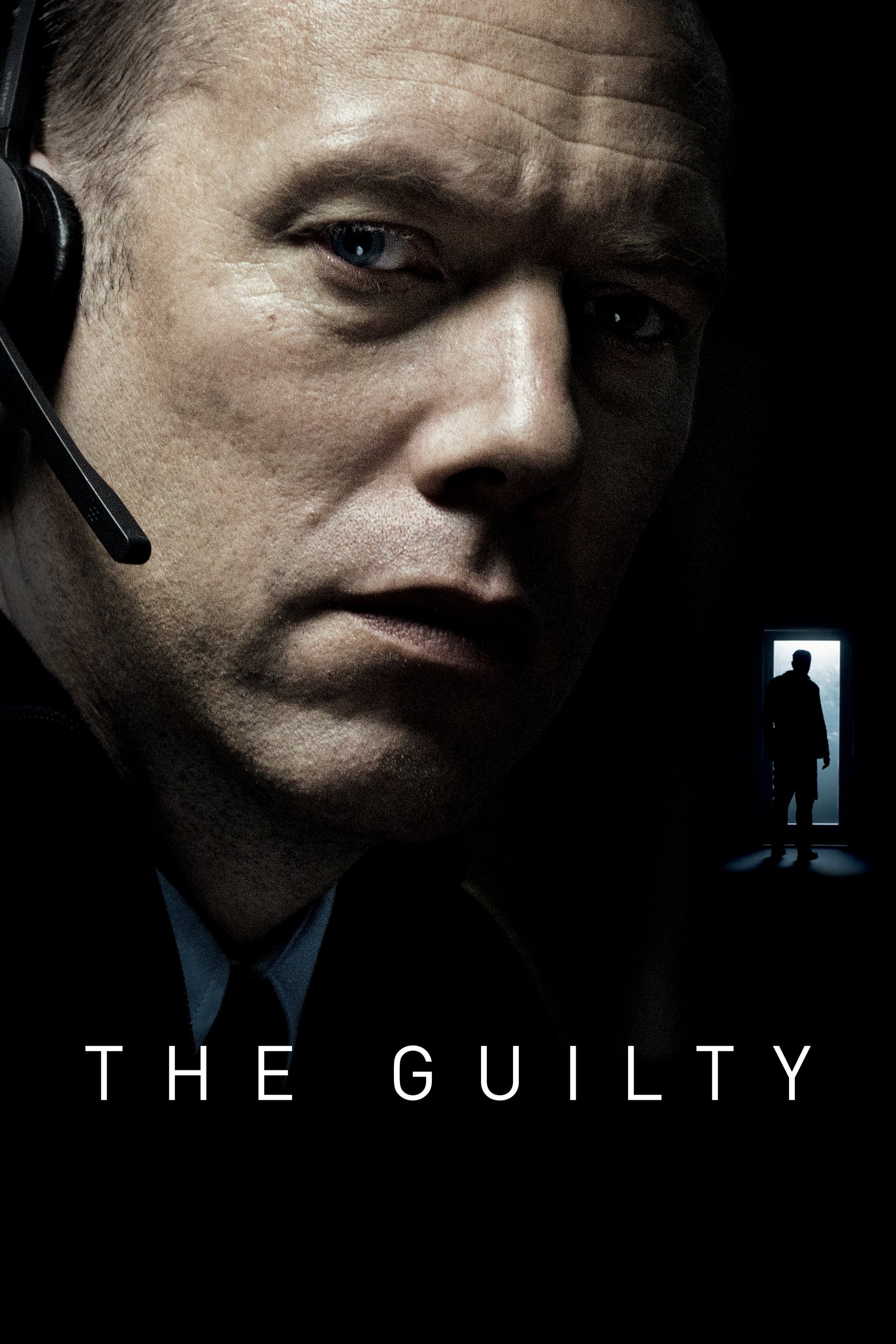
Gustav Möller’s Danish film centers on an emergency dispatcher dealing with a kidnapping case, all from within a call center. The filmmakers shot the movie in Denmark using a simple set – dimly lit workstations – and uniquely recorded many of the phone conversations live, with actors performing in different rooms. Jakob Cedergren stars, and the entire story unfolds in almost real-time during a single work shift.
The movie is approximately 88 minutes long and was made by Nordisk Film Spring, with funding from national film organizations. It first shown at the Sundance Film Festival, where it won audience awards at other festivals too. It was then released internationally with subtitles, and later, an American remake brought the story to an even wider audience.
‘Devil’ (2010)
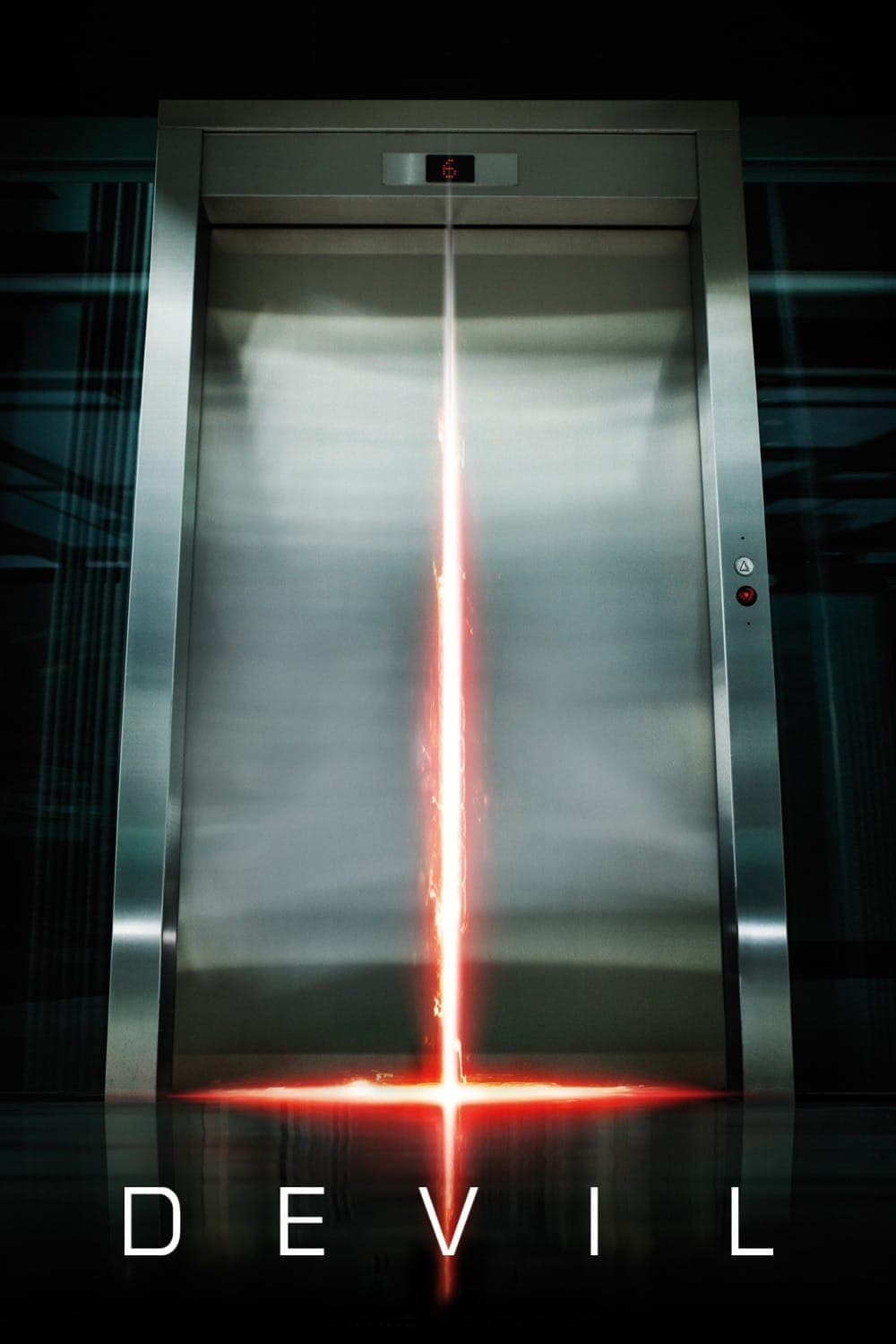
This thriller, directed by John Erick Dowdle and based on a story by M. Night Shyamalan, takes place entirely inside a broken-down elevator in a Philadelphia skyscraper. The filmmakers built the elevator’s interior on a soundstage to allow for camera angles and action sequences, but used a real building for exterior shots. The movie stars Chris Messina, Logan Marshall-Green, and Bojana Novakovic.
The movie is approximately 80 minutes long and is intended to be one part of a larger series of connected stories. It was released widely in theaters during late summer and early fall. To emphasize that the entire film takes place in one location, the sound and lighting change to reflect what’s happening with the elevator, power, and security cameras.
Let us know your favorite movies that mostly take place in a single, confined location! Share the titles in the comments, and tell us which ones you think deserve to be included in a list of the best films like that.
Read More
- Gold Rate Forecast
- Bitcoin’s Ballet: Will the Bull Pirouette or Stumble? 💃🐂
- Ethereum’s $3K Tango: Whales, Wails, and Wallet Woes 😱💸
- Navitas: A Director’s Exit and the Market’s Musing
- VUG vs. VOOG: A Kafkaesque Dilemma in Growth ETFs
- Vanguard ETFs: A Faustian Bargain for 2026?
- Deepfake Drama Alert: Crypto’s New Nemesis Is Your AI Twin! 🧠💸
- Binance’s $5M Bounty: Snitch or Be Scammed! 😈💰
- SentinelOne’s Sisyphean Siege: A Study in Cybersecurity Hubris
- Silver Rate Forecast
2025-10-13 02:19